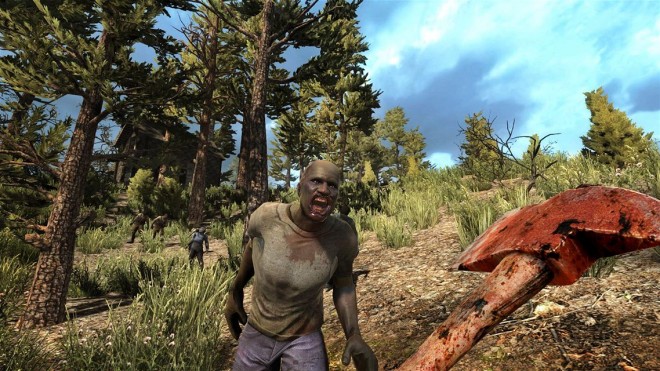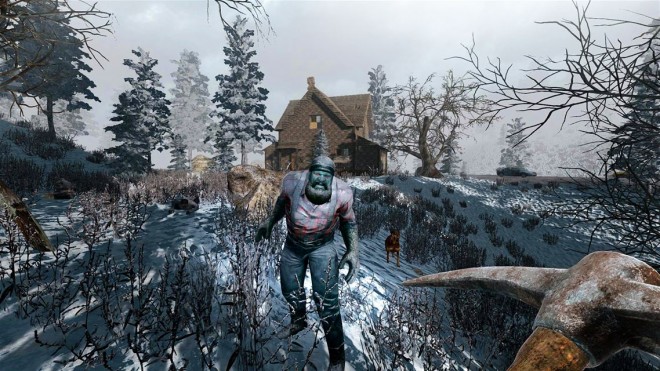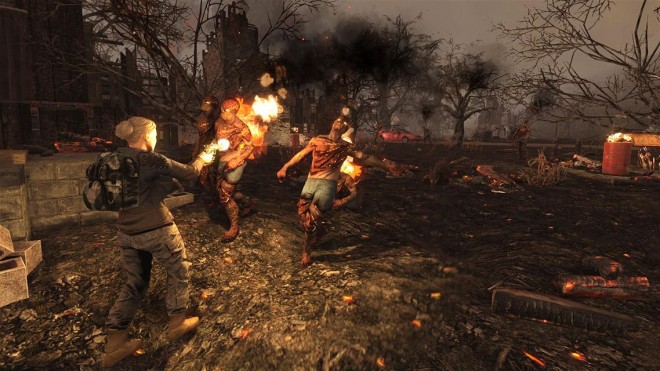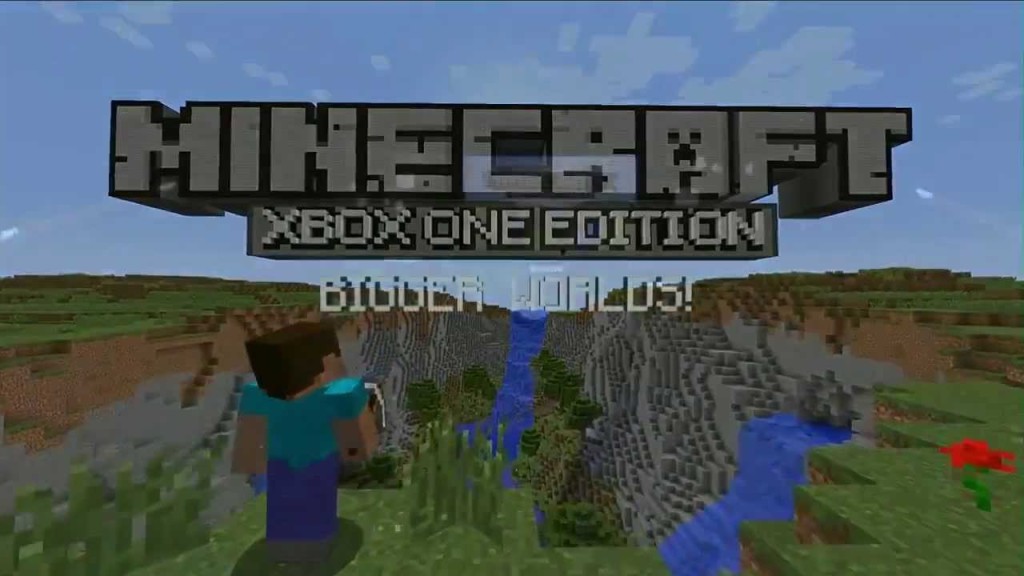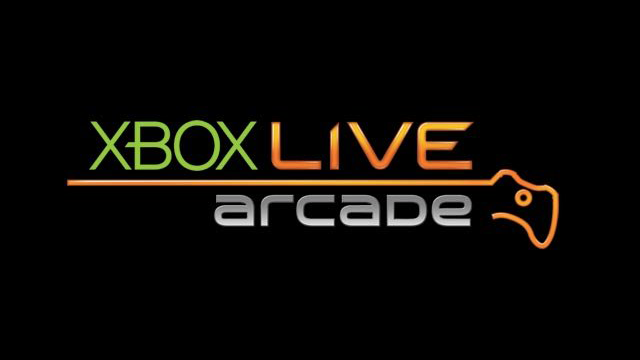I would have struggled to articulate my mixed feelings of disgust, disappointment and even embarrassment after booting up 7 Days to Die for the first time. I mean, really, this is probably the worst-looking game I’ve played since at least the Xbox 360 generation, if not before. It takes an age to load, it crashes and bugs out often and it’s literally riddled with minor issues that, cumulatively, are wholly unacceptable for a retail release, or even one on the Microsoft Game Preview Program.
It’s lucky, then, that my position as a reviewer requires me to push through the kind of overwhelming feeling of disappointment that I felt within those first few hours, because, thankfully, 7 Days to Die does do some things well. It does a lot of things well, in fact, and it oozes potential. Unfortunately, it’s also quite expensive, and there’s no guarantee that it will ever live up to the expectation that its ambitious engine promises.
Here’s what I liked:
Playground of plenty – 7 Days’ world is vast, regardless of whether it’s randomly generated at the beginning of a new game, or if you choose to play on the single prebuilt map. In either case, seeing everything the world has to offer is literally impossible, and, at a conservative guess, the map is at least 10 times the size of those I’ve seen in similar games. Perhaps the poor graphics are directly related to this scale, and whilst they are never pretty – despite what screenshots might imply – you will develop a begrudging respect for how the developers have created such a large, diverse environment filled with things to see, chop up and craft.
Zombiecraft – Combining the deep, layered crafting of games like Ark: Survival Evolved with a world that’s built using Minecraft-like blocks, 7 Days is a crafting fans’ dream. Take these basic concepts of how resources are gathered and used, combine them with a core of base building and what the promotional materials tenuously label “tower defence,” and you have the makings of an entertaining, albeit somewhat repetitive game. Success in 7 Days is having a fully functional base with a steel perimeter covered by automated defences, a moat full of spikes and an abundance of supplies generated from your own field of crops. Failure is repeatedly crafting grass shirts and stone axes whilst wandering about in the vain hope of finding a decent place to get your first foothold.
Friends with benefits – In a game this size requiring a considerable amount of repetition, it should come as no surprise that playing with friends is much, much better than playing without them. There are both split-screen and online modes, and the idea of working together to create something is really what kept me plugging away at 7 Days. And yet, online games are challenging because the netcode seems to be less than optimal, and finding each other on the huge, hostile maps can be next to impossible without significant coordination. Local multiplayer worked better for me, allowing instant communication and collaboration, as well as more excitement during combat sequences.
Here’s what I didn’t like:
Death warmed up – I can’t stress enough just how bad this game looks. There are things in the world that look so bad, I still can’t work out what they are. The enemy animations are laughable, and to add insult to injury, their moans and groans seem to have been captured at the lowest possible bitrate and recorded in a tin can. The UI text is miniscule, and I often found myself squinting and even stepping towards the TV to work out what I was reading. The pop up can be so bad (especially in online multiplayer) at times that entire buildings appear less than a few hundred feet away. It’s simply…inexcusable.
(Post) first world problems – Although there’s an icon on the inbuilt compass for the players’ last death or their bedroll, you’ll still frequently spawn a long way away from where you want to be. The same can be said for spawning in multiplayer games, wherein the game dumps players so far away from each other that it’s actually pretty rare for them to meet without serious coordination. Neither of these things would be a problem if it weren’t for the inherent hostility of the world, with zombies often being the least of your worries. Heatstroke is far too prevalent in 7 Days; I often died from it before being able to return to my corpse, my bed or my pals, and no one wants to spend their time crafting a grass hat every 10 minutes. On a related note, water is a real pain in the butt, with a number of maps I’ve generated having no sources close to my starting location and no reliable sources for looting.
(Post) first world problems part 2 – Where looting and map generation are concerned, 7 Days has a long way to go compared to the benchmark games that handle these elements well. I’ve created maps that were a dull, uninteresting wasteland for as far as the eye could see. Yes, I did eventually find the city (every map has one), and I was able to consolidate my position, but by the time I did, I was already out of love with those playthroughs and decided to abandon them. Others have been similarly Spartan. Regardless of whether you like a map or not, though, looting and resource collection is always sufficiently random, which is sure to cause annoyance. Kill a zombie one day, get three bottles of water, kill a horde of zombies in a supermarket, get a brush handle another. At best, if makes no sense, and at worse it often feels unfair. There is some really cool stuff to build in 7 Days, but you’ll be lucky if you can find both the schematics and the gear needed to make the most of it.
Wrap-up:
I hope I’ve made it clear that I do like 7 Days, and that it has some redeeming features, and it could have been an outstanding game had it been given a longer development cycle. Sadly, though, it’s being launched as a retail release and not via the Microsoft Preview Program despite its many problems. Further, it seems very expensive at $29.99 considering the state it’s in right now, regardless of how good it might one day turn out to be. Because of the issues I’ve described (plus a myriad that I haven’t), only players who have a really serious desire to experience the blend of post-apocalyptic crafting that 7 Days offers need apply right now, but there’s no telling if that will change once some of the problems have been ironed out.
Score: Reader’s Choice
7 Days to Die was developed by The Fun Pimps and Iron Galaxy, and was published by Telltale Publishing on Xbox One. It was released on June 28, 2016 for $29.99. A copy was provided by Telltale Publishing for review purposes.


